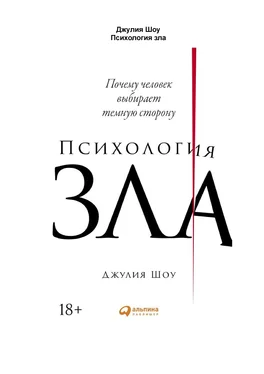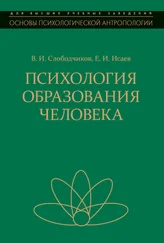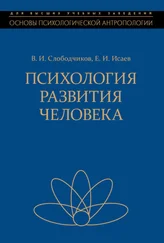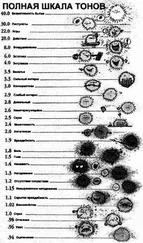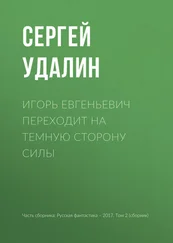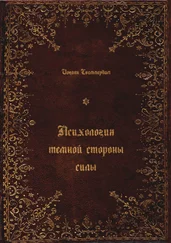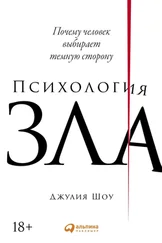Savin-Williams, R. C. ‘True or false: 20% of young women are sexually assaulted?’ Psychology Today, 16 July 2017; https://www.psychologytoday.com/blog/sex-sexuality-and-romance/201707/true-or-false-20-young-women-are-sexually-assaulted.
Одна из методик психологии, основывающаяся на явных знаниях человека о себе (противоположна проективным методам, в которых исследуются бессознательные тенденции). — Прим. ред.
Muehlenhard, C. L., Peterson, Z. D., Humphreys, T. P., & Jozkowski, K. N. ‘Evaluating the one-in-five statistic: women’s risk of sexual assault while in college’. Journal of Sex Research, 54 (4-5) (2017), pp. 549-76.
‘Victims of sexual violence: statistics’. RAINN; https://www.rainn.org/statistics/victims-sexual-violence.
Yon, Y., Mikton, C., Gassoumis, Z. D., & Wilber, K. H. ‘The prevalence of self-reported elder abuse among older women in community settings: a systematic review and meta-analysis’. Trauma, Violence, & Abuse, April 2017; https://doi.org/10.1177/1524838017697308.
Rawlinson, K. ‘Judge accused of victim-blaming in comments on rape case’. The Guardian, 10 March 2017; https://www.theguardian.com/society/2017/mar/10/judge-accused-of-victim-blaming-during-sentencing-comments-in-case.
Larson, F. ‘Why public beheadings get millions of views’. TED Talk, June 2015.
LaMotte, S. ‘The psychology and neuroscience of terrorism’. CNN, 25 March 2016; http://edition.cnn.com/2016/03/25/health/brain-and-terrorist-attack/index.html.
Dowd, M. ‘20 years after the murder of Kitty Genovese, the question remains: why?’ The New York Times, 12 March 1984; https://www.nytimes.com/1984/03/12/nyregion/20-years-after-the-murder-of-kitty-genovese-the-question-remains-why.html.
McFadden, R. D. ‘Winston Moseley, who killed Kitty Genovese’. The New York Times, 4 April 2016; https://www.nytimes.com/2016/04/05/nyregion/winston-moseley-81-killer-of-kitty-genovese-dies-in-prison.html.
Darley, J. M., & Latane, B. ‘Bystander intervention in emergencies: diffusion of responsibility’. Journal of Personality and Social Psychology, 8 (1968), p. 377-83.
Latane, B., & Darley, J. M. The Unresponsive Bystander: Why Doesn’t He Help? New York: Appleton-Century-Crofts, 1970.
Fischer, P., Krueger, J. I., Greitemeyer, T., Vogrincic, C., . . . & Kainbacher, M. ‘The bystandereffect: a meta-analytic review on bystander intervention in dangerous and non-dangerous emergencies’. Psychological Bulletin, 137 (4) (2011), p. 517-37.
Jaggar, A. ‘What is terrorism, why is it wrong, and could it ever be morally permissible?’ Journal of Social Philosophy, 36 (2005), pp. 202-17.
US Department of State. Patterns of Global Terrorism 1997, Department of State Publications, 10321. Washington, DC: United States Department of State, 1998.
Silke, A. (ed.). Terrorists, Victims and Society: Psychological Perspectives on Terrorism and Its Consequences. Chichester: John Wiley & Sons, 2003.
Piccinni, A., Marazziti, D., & Veltri, A. ‘Psychopathology of terrorists’. CNS Spectrums (2017), pp. 1-4.
Jaggar. ‘What is terrorism?’
Группировка, запрещенная на территории РФ. — Прим. пер.
Simmons, K., & Gubash, C. ‘Captured ISIS fighter’. NBC News, 27 July 2015; https://www.nbcnews .com/storyline/i sis-terror/captured-i si s-fighter-j oining-extremi sts-syria-ruined-my-life-n398976.
Horgan, J. ‘A call to arms: the need for more psychological research on terrorism’. Social Psychological Review, 18 (1) (2016), pp. 25-28.
US Department of Homeland Security. ‘If you see something, say something’. Кампания, стартовавшая в июле 2010 года; https://www.dhs.gov/see-something-say-something.
Metropolitan Police, UK. ‘Signs of possible terrorist activity’; https://www.met.police.uk/advice-and-information/terrorism-in-the-uk/signs-of-possible-terrorist-activity/.
Lum, C., Kennedy, L. W., & Sherley, A. ‘Are counter-terrorism strategies effective? The results of the Campbell systematic review on counter-terrorism evaluation research’. Journal of Experimental Criminology, 2 (4) (2006), pp. 489-516.
Freese, R. ‘Evidence-based counterterrorism or flying blind? How to understand and achieve what works’. Perspectives on Terrorism, 8 (1) (2014) pp. 37-35.
Horgan. ‘A call to arms’.
‘What is jihadism?’ BBC News, 11 December 2014; http://www.bbc.co.uk/news/world-middle-east-30411519.
McCauley, C., & Moskalenko, S. ‘Understanding political radicalisation: the two-pyramids model’. American Psychologist, 72 (3) (2017), p. 205.
McCauley, C. ‘Ideas versus actions in relation to polls of US Muslims’. Analyses of Social Issues and Public Policy, 13 (2013), pp. 70-76; http://dx.doi.org/10.1111/asap.12014.
Altier, M. B., Thoroughgood, C. N., & Horgan, J. G. ‘Turning away from terrorism: lessons from psychology, sociology, and criminology’. Journal of Peace Research, 51 (5) (2014), pp. 64761.
Alison, L., & Alison, E. ‘Revenge versus rapport: interrogation, terrorism, and torture’. American Psychologist, 72 (3) (2017), p. 266-77; https://doi.org/10.1037/amp0000064.
Zimbardo, P ‘The psychology of evil’. TED Talk, February 2008; https://www.ted.com/talks/philip_zimbardo_on_the_psychology_of_evil/transcript.
Зимбардо пользуется метафорой «несколько плохих яблок в корзине, которые портят остальные» и опровергает эту мысль сам, говоря, что проблема в самой «корзине» — ситуации, руководстве, поощряющем правонарушения. — Прим. пер.
Зимбардо Ф. Эффект Люцифера: Почему хорошие люди превращаются в злодеев. — М.: Альпина нон-фикшн, 2019.
Haney, C., Banks, C., & Zimbardo, P ‘Interpersonal dynamics in a simulated prison’. International Journal of Criminology and Penology, 1 (1973), pp. 69-97.
В 2018 году появилась информация о том, что эксперимент якобы был постановочным. — Прим. ред.
Из транскрипта документального фильма ‘The Trial of Adolf Eichmann’, Great Projects Film Co., ABC News Productions, April 1997; http://remember.org/eichmann/sentencing.
Читать дальше
Конец ознакомительного отрывка
Купить книгу
